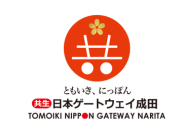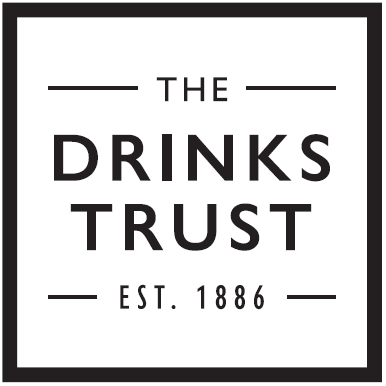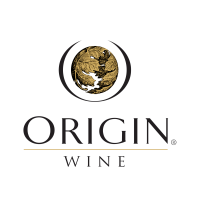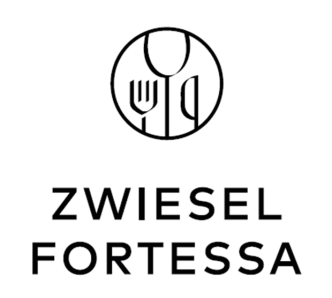All very pleasant, but it’s hard to focus on them: my mind keeps wondering why the Americans’ half-day in Wales is spent in a tasting room on the edge of a three-acre vineyard that was established in 2016. I conclude it’s something different and quite a nice place to have lunch.
But now, after my own whistlestop tour of Pembrokeshire, I could give wine lovers several reasons for visiting this cool-climate region on the wet and windy western fringe of the British Isles.
I think the reason it’s such an interesting place for wine lovers is that it’s an overlooked outsider in the wine world – meaning it is free to forge its own path, unrestricted by AOC or DOC regulations, tradition or reputation. While some producers try to mimic the success of sparkling wine in southern England, there is a growing swell of passionate artisans who are embracing hybrid grapes such as Solaris, Seyval Blanc, Rondo, and Regent, using them to their advantage and farming sustainably. They are also beginning to see low alcohol as a positive and are using their culinary heritage to lift local wines into the fine-dining category. Well, that’s my impression of this region – a land where hybrids thrive, natural wines surprise, and producers are unburdened by centuries of convention.
Why they are embracing hybrids and sustainable viticulture
In the last decade, vineyards have sprouted across Wales, from Monmouthshire to Conwy. But what’s growing in these soils is anything but conventional. Yes, there’s Pinot Noir and Chardonnay – but some of the most exciting bottles are made from hybrid grapes, like Solaris, Rondo, and Seyval Blanc. These aren’t placeholders for “real” wine – they’re complex, climate-smart, and central to Wales’ emerging wine identity.Long dismissed as the underdogs of viticulture, hybrid grape varieties are thriving here. They ripen early, resist disease, and – when handled with skill by the likes of contract winemaker David Morris of Mountain People Wine in Monmouthshire – showcase the full aromatic range and structural elegance these hybrids can offer. Crisp whites with a vibrant citrus core, reds with low ABVs and brambly charm, and traditional-method bubbles with character.
These wines are enabling Welsh producers to reframe the conversation: hybrid grapes aren’t inferior alternatives – they’re expressive and highly sustainable.
None is more sustainable than Hebron Vineyard, which was planted by Jemma Vickers and Paul Rolt (below) in 2010 – after almost a decade learning their craft in Andalucía, Spain, where they converted a vineyard into an award-winning organic estate.
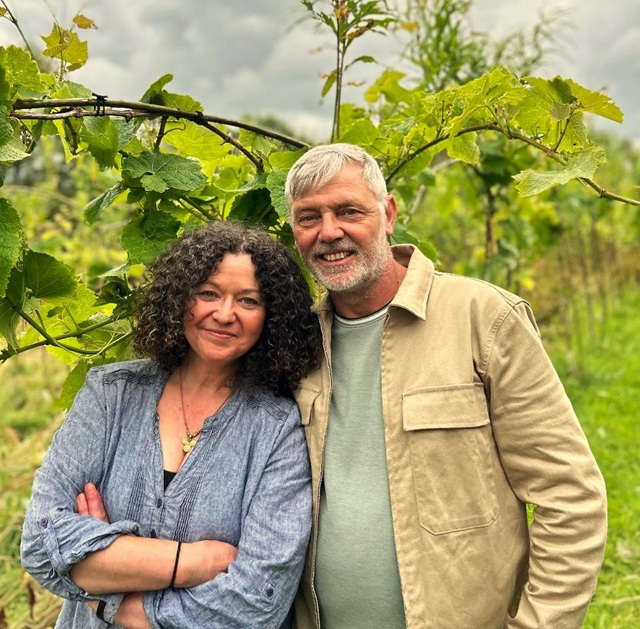
Hebron Vineyard, in the Preseli foothills near Whitland, is the UK’s first regenerative vineyard and operates totally intervention-free: no pesticides, herbicides, fungicides, fertilisers, and no additions in the winery – just manual vine management and natural winemaking processes. As Paul says: “Zero intervention in both vineyard and winery for a pure expression of place.”
A tour of the vineyard with Paul is one of the most enlightening experiences I’ve had in my time as a wine writer.
“Our vineyards are maintained using regenerative viticulture and agroforestry practices,” Paul begins. “Although this is not the easy option, we do not feel that the use of pesticide, herbicide, fungicide or indeed fertiliser is necessary to produce a quality grape. We want our grapes to taste of their vines’ natural experience here in the soils and climate of West Wales, not of any additions we have made to it or to them. We feel secure that no synthetic petrochemical-based poisons can leach into the vine or soil and thus into the grape/wine. We strive to work within and in harmony with the ecosystem rather than attempting to radically alter and control it. We do not currently practice any biodynamic interventions either.
“For us, what’s really key is taking things in a much more holistic way, so we look at things very much in the round, in terms of the ecosystem, both above the ground and below it. It’s absolutely key that we’re respecting what’s going on below us – there’s more life beneath our feet than there is above. This isn’t dirt we stand on, it’s the rooftop to a whole new kingdom, and we really must respect that.”
‘This isn’t dirt we stand on, it’s the rooftop to a whole new kingdom’I notice the hedgerows are unusually high. “We want all the beasties that live there, the whole biology of the hedgerow to be intact,” Paul explains.
There are willows in the hedgerows to break the 60mph winds that hit this hill. There are wild vines in the hedgerows, growing on their own rootstocks – propagated from old prunings – to feed the birds with small grapes and distract them from the wine grapes. There is also a perch for sparrowhawks as insurance.
I spot areas that have been rewilded. I see the grass is knee-high and the trellis is head-height to give the vines breathing space above the grass.
“Everything that comes off the vines stays in the vineyard, unless we’re making biochar,” Paul continues.
He points to five rows of vines which were originally planted with Pinot Noir and Chardonnay. They now grow the more sustainable Solaris and Rondo, which both have Russian grape Zarya Severa in their lineage. “Solaris is… really high performing,” Paul comments. “Rondo is a little bit lower down the scale; it’s not quite as good in terms of sugar accumulation, but we’ve played around with naturally chaptalizing the Rondo with the Solaris and that sort of thing, doing the Tiriol Field Blend in 2022. So, there are ways of lifting it if you don’t get the sunshine.”
All the vines are maintained by hand, from pruning to de-leafing (after about 60 days) and harvesting.

My tour of the vineyard finishes in a living willow trellis system (like the arbustrum used by Romans a couple of thousand years ago). The theory is that the willow trees will help to keep the vines healthy.
Most of the willows and vines run east to west with the occasional north to south to add “a little more structure and strength” to the training system. This is where the Tiriol Field Blend comes from. Paul and Jemma like the idea of a field blend. “That’s what we want to do really – get that field blend going from this section only.”
Currently the wines are made by David Morris, but Paul hopes to create a winery here (below), in the green box, keeping the white box for storage.
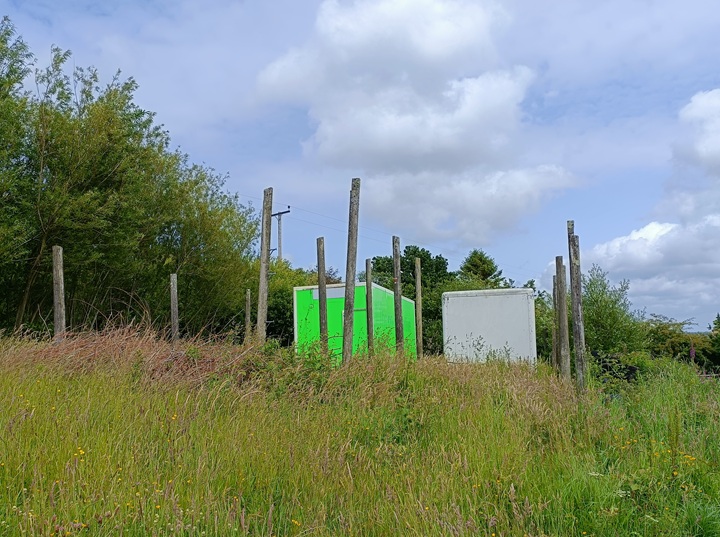
Velfrey’s Andy Mounsey was advised to plant Seyval Blanc to make Welsh sparkling wines. To ensure the wines were of the highest quality and to give the option of a sparkling rosé, he was also advised to plant a little Pinot Noir. “We had been casting around trying to find a hybrid variety that had the same disease tolerance as the Solaris, but also can make world-class wine, and we just couldn't find one,” Andy reflects. The Pinot Noir vines require more love and attention, but they only make up about 15% of the vineyard (below). The other two grapes they grow are Solaris (for white wines) and Rondo for a light red and to blend with Solaris in a rosé (Pinc).
They normally release the Solaris around now (early June) and sell out by the end of August. “But we've decided this year, because it does improve, that we're actually going to wait, because we know it's going to sell so quickly anyway,” Andy says.
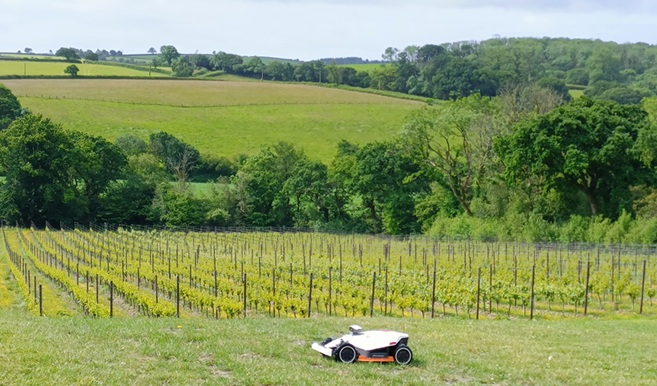
Why they are embracing low-alcohol wines
Wales presents a true test of winemaking skill. Rainfall is high, sunshine hours are modest, and sites must be chosen with care – typically south-facing slopes with good drainage and shelter from prevailing westerlies. But what was once a limiting factor is becoming an asset: cooler temperatures preserve acidity, extend hang times, and provide ideal conditions for styles increasingly in vogue – particularly sparkling wines and fresh, aromatic whites.Paul at Hebron pours the Rondo Rosado with 6% ABV. “That is the future,” he declares. “Interestingly, with all the people that we talk to, there is a huge divide. The older generation are like: what? And the younger generation are like: yeah, that’s what we want.”
It’s the most enjoyable Rondo I’ve tasted. Many other Rondos have been beefed up with oak and chaptalisation. This is unashamedly light and low in alcohol, and all the better for it.
Paul and Gemma believe lower alcohol wines are ideal with food. “This is what our tastings are all about – enjoying wine with food,” Paul says.
Why they are using food to enhance their wines
Good wines can be amplified by delicious dishes. That’s one of the big lessons I’m taking away from my brief stay in Wales.I’m there during Welsh Wine Week and I’ve been invited to try a special tasting menu at the Grove of Narberth, a luxury hotel tucked in the Pembrokeshire countryside which uses homegrown vegetables and many local ingredients – including Welsh oysters and wasabi!
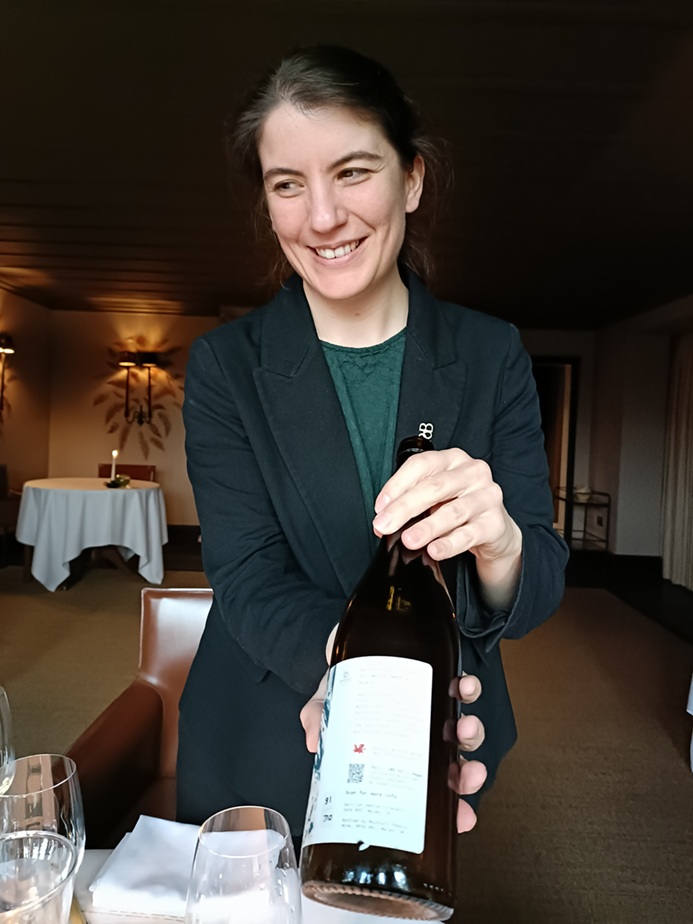
Head sommelier Cathryn Bell (above) and executive chef Douglas Bailish let us taste the wines on their own first. They are decent, pleasurable wines. Then they bring out the food – and suddenly the wines are elevated to fine-dining status. It’s down to the careful selection of ingredients and their cooking method. But it shows what’s possible when a sommelier and chef collaborate and experiment. If you have a mediocre wine, pair it perfectly and it will zing.
Cathryn’s unconventional approach to pairing is influenced by a neurological condition she has called synaesthesia, where individuals experience a crossover of their senses. For Cathryn, this means tasting shapes and colours. “It helps hugely in what I do,” she says, “because it means that I can ‘see’ or ‘hear’ what I want to do, or what potential there is in a pairing. It’s like hearing the notes in a musical chord and honing in on the note you want to make louder, or being able to use food to change the key of a wine, or seeing how a wine can overlay over the shapes and colours of a dish in my mind’s eye.”
She continues: “I learned very early on in my career that food and wine together unlock a different dimension. So food, for me, is a wonderful tool to unlock the complete dimension and potential in a wine… It’s a way of showcasing the best side of wine.”
A Pinot Noir from Ancre Hill – the flagship biodynamic producer in Wales – is paired with three very different dishes. It tastes better with all three: a very bitter salad, an intense but light duck-leg teriyaki and a cinnamon bun. Cathryn suggests that when you look at the label denoting a Pinot Noir from Wales, at 11% ABV, you are expecting flavours in a small bandwidth. But she shows you can expand this bandwidth with creative food pairings and amplify some of the more subtle flavours.
Regarding the benefit of low alcohol in Welsh reds, Cathryn explains: “Low alcohol means far more tolerance for intense saltiness, intense spice, intense sweetness, because it’s far more forgiving. All those elements would bring out the hard elements of the wine.
“Sweet, salty, and spicy need somewhere soft to land, and that either means lower alcohol in a wine, or it means maybe a higher glycerol content, smoothness, or fruit – a perception of ripeness.”
She expands the masterclass on pairings: “The dishes all have an inherent acidity through them. With the higher alcohol wines, that acidity sends the alcohol level to the next level and it ends up being way too strong.”


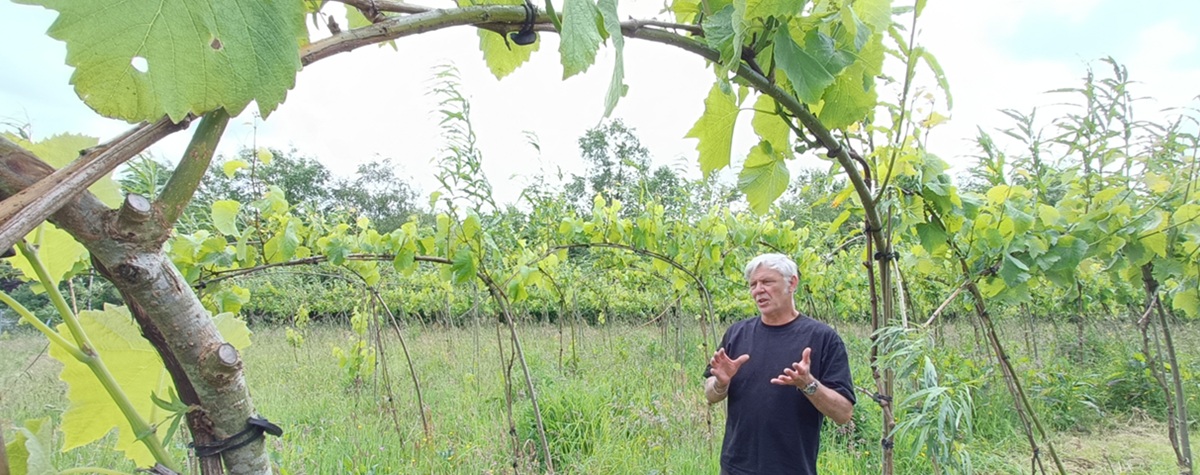




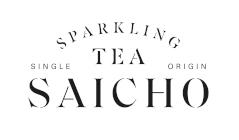

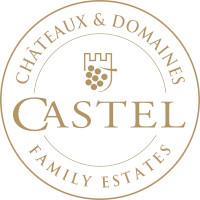


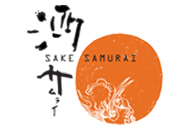
.png)
